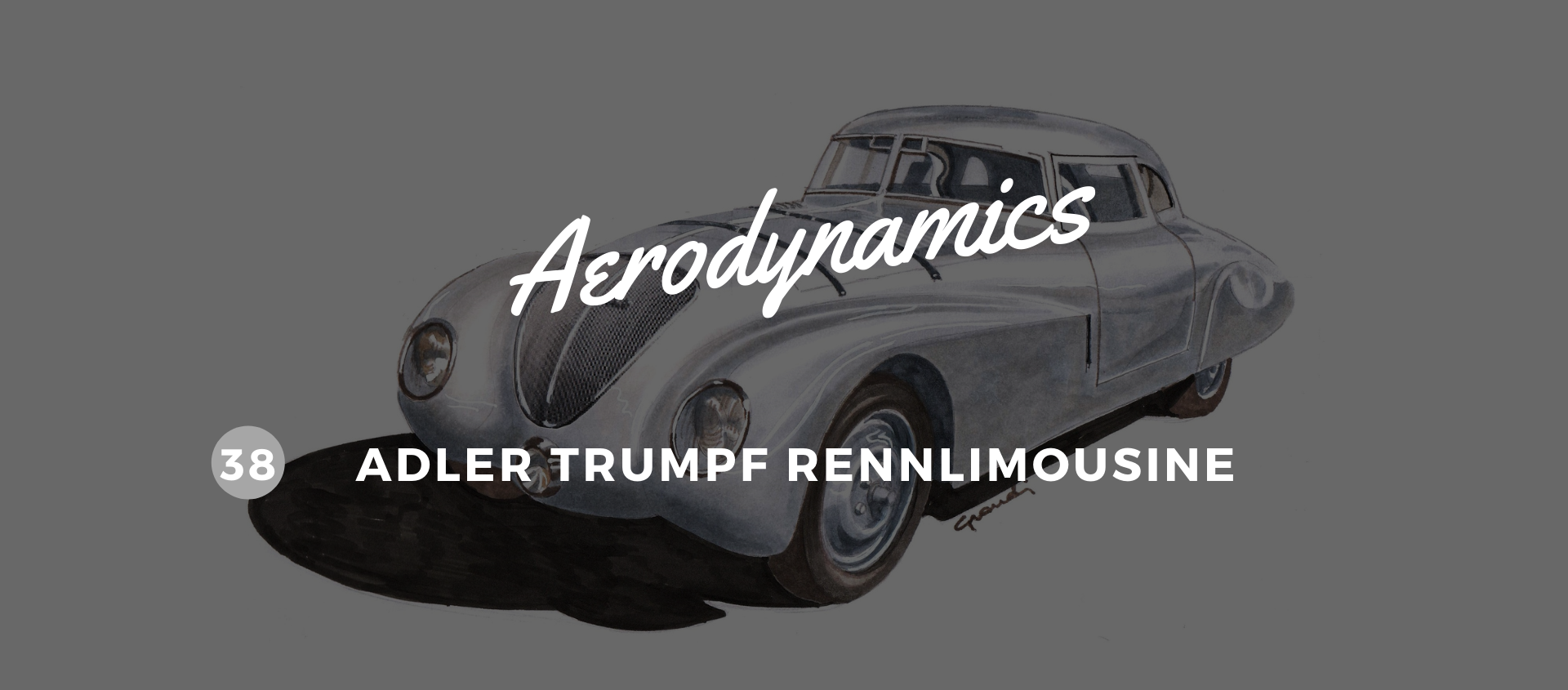The missing wheel
02 November 2020 1 min read 4 images

In Europe and America in the 1930s, it became increasingly clear that there was a need to design cars for mass production. In Europe, the main response, although certainly not the only one, came in the shape of Ferdinand Porsche’s Volkswagen Beetle. Across the pond, it was Paul Lewis who, without any financial support from the state, tried to come up with an answer. Both men drew inspiration from a model presented at a 1933 Chicago show by John Tjaarda, father of the famous designer Tom Tjaarda, who, after the war, went on to work for Pininfarina, Bertone and Ghia in Turin.
Register to unlock this article
Signing up is free and gives you access to hundreds of articles and additional benefits. See what’s included in your free membership. See what's included in your free membership.
Already have an account? Log In

